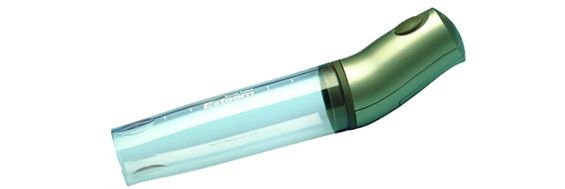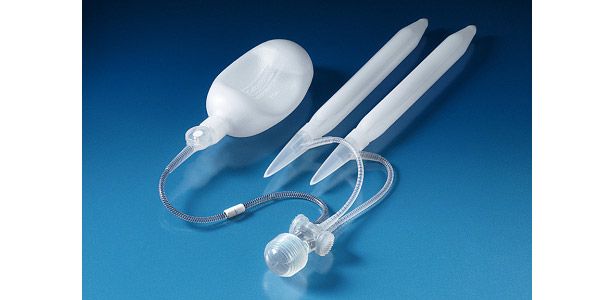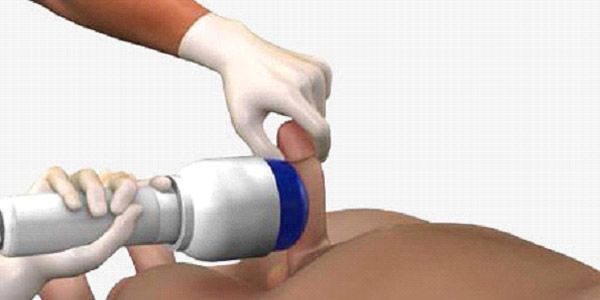Erectile Dysfunction Treatment - Latest Solutions & Options
To better understand your symptoms, visit us for a comprehensive diagnosis and personalised treatment plan
Erectile Dysfunction – New Treatment Approaches
What is erectile dysfunction?
Erectile dysfunction is a common condition where men may experience persistent difficulty obtaining and/or maintaining an erect penis during sexual intercourse.
During sexual arousal, stimulation of the penile shaft causes release of nitric oxide (NO), a neurotransmitter which relaxes the smooth muscle (corpora cavernosa) of the penis. Blood flow increases into the chambers of the penis, causing the penis to become erect and hard. Blood is prevented from draining out of the penis by valves which remain closed until ejaculation occurs, at which point the valves open and blood drains out of the chambers, returning the penis to its flaccid state1.
Common causes for erectile dysfunction include:
- Chronic smoking, which narrows the blood vessels supplying the penis
- Coronary artery disease, hypertension and diabetes
- Obesity and sedentary lifestyle
- Drugs eg. anti-depressants
- Stroke, multiple sclerosis and Parkinson’s disease
- Pelvic trauma and spinal cord injury
- Kidney failure
- Surgery or radiation treatment for prostate cancer, which damage the cavernosal nerves
- Anxiety, depression, work stress and or psychological issues
- Low testosterone level
When you consult your doctor, he will usually ask you to complete a questionnaire such as the International Index of Erectile Function (IIEF) to assess the severity of erectile dysfunction. In most cases, your doctor will suggest you try a trial of medications to see if there is symptomatic improvement. In more severe cases that fail to respond to medications, you may be referred to a urologist for further evaluation of your hormone profile and state of penile blood flow.
Most certainly! First-line treatment of erectile dysfunction would be oral medications known as phosphodiesterase-5 (PDE-5) inhibitors, which improve blood flow to the penis. These medications are usually taken an hour before planned sexual activity, and the duration of efficacy ranges from 4- 36 hours. Common side effects include headaches, facial flushing, stomach upset, stuffy or runny nose, nausea, back pain and occasionally changes in colour vision. Very rarely, patients may experience priapism, a painful condition where the erect penis fails to return to its flaccid state after 4 hours. This is a medical emergency, and patients should urgently consult a doctor (usually at the Emergency Department) before the penile erectile tissues become permanently damaged. More recently, some of these medications have developed a low-dose tablet taken on a daily basis. This allows the medication to remain in the blood stream at consistently therapeutic levels, without the side effects encountered due to the high doses with conventional “on-demand” medications. An added benefit of this daily dosing regime is improvement in urinary flow as well, which is a common co-existing problem for older men with prostate enlargement3. As such, it is quickly becoming very popular with existing users of the first-generation PDE-5 inhibitors. Other medications are injected into the cavernosal tissue within the penis. These medications are used when patients fail to achieve significant response to oral PDE-5 inhibitors.
If patients with erectile dysfunction do not respond to oral or topical medications, the next step would be consider trying a vacuum pump device, which draws blood into the penis by creating a negative pressure around the penile shaft (Fig. 1). Once the penis becomes erect, a compression ring is applied at the base of the penis to prevent blood from draining out, and must be removed after sexual intercourse is completed.

Figure 1: Vacuum pump device for erectile dysfunction
As a last resort, patients may consider surgery to insert a prosthetic penile implant (Fig. 2). This procedure involves insertion of an inflatable implant device in the penile shaft, which creates an erection by fluid flowing into the device from a concealed reservoir placed beneath the skin. Advantages of such penile implants include the consistency of good erections achieved and control of the duration of erection.

Figure 2. Prosthetic penile implant, comprising inflatable chambers and a reservoir.
Yes! In recent clinical trials, low-intensity shockwave therapy (LIST) to the penis has recently been found to be an effective treatment for patients with erectile dysfunction that are not responsive to oral medications. In this treatment, focused shockwaves of low intensity are targeted at the smooth muscle in the penis, causing mechanical shear stress and microtrauma (Fig. 3). This causes the body to produce chemicals to improve blood flow and stimulate new vessel formation (angiogenesis) to the cavernosal tissue in the penile shaft. Current treatment protocols comprise 6 sessions lasting 15-20minutes each, over a 3-week period, where shockwaves are administered to the penis. Whilst several patients report an improvement in erectile function, the response may wane over time and repeat treatment may be required4. Shockwave therapy for erectile dysfunction is now available in Singapore, and our early experience with this novel treatment has been very encouraging.

Figure 3: Low-intensity shockwave therapy administered to the penile shaft.
- Erectile dysfunction is a common condition characterized by persistent difficulty initiating and/or maintaining an erect penis for sexual activity
- It is caused by impaired blood flow into the penile chambers, and is often caused by smoking, obesity, stress and sedentary lifestyle
- It can be successfully treated in most cases with medications taken either orally or administered directly into penis
- New treatment approaches include the use of low-intensity shockwave therapy to the penis and daily dose regime of PDE-5 inhibitors
- Vacuum devices and surgery to insert prosthetic implants may also be considered if the above treatments prove ineffective
1. Dean RC, Lue TF. Physiology of penile erection and pathophysiology of erectile dysfunction. Urologic Clinics of North America 2005; 32(4):379-395.
2. Wespes E et al. EAU 2013 Guidelines on male sexual dysfunction. European Association of Urology. http://www.uroweb.org/gls/pdf/14_Male%20Sexual%20Dysfunction_LR.pdf
3. Porst H et al. European Urology 2011; 60(5): 1105-1113.
4. Abu-Ghanem Y et al. Penile low-intensity shockwave therapy: a promising novel therapy for erectile dysfunction. Korean Journal of Urology 2014; 55(5): 295-299.
